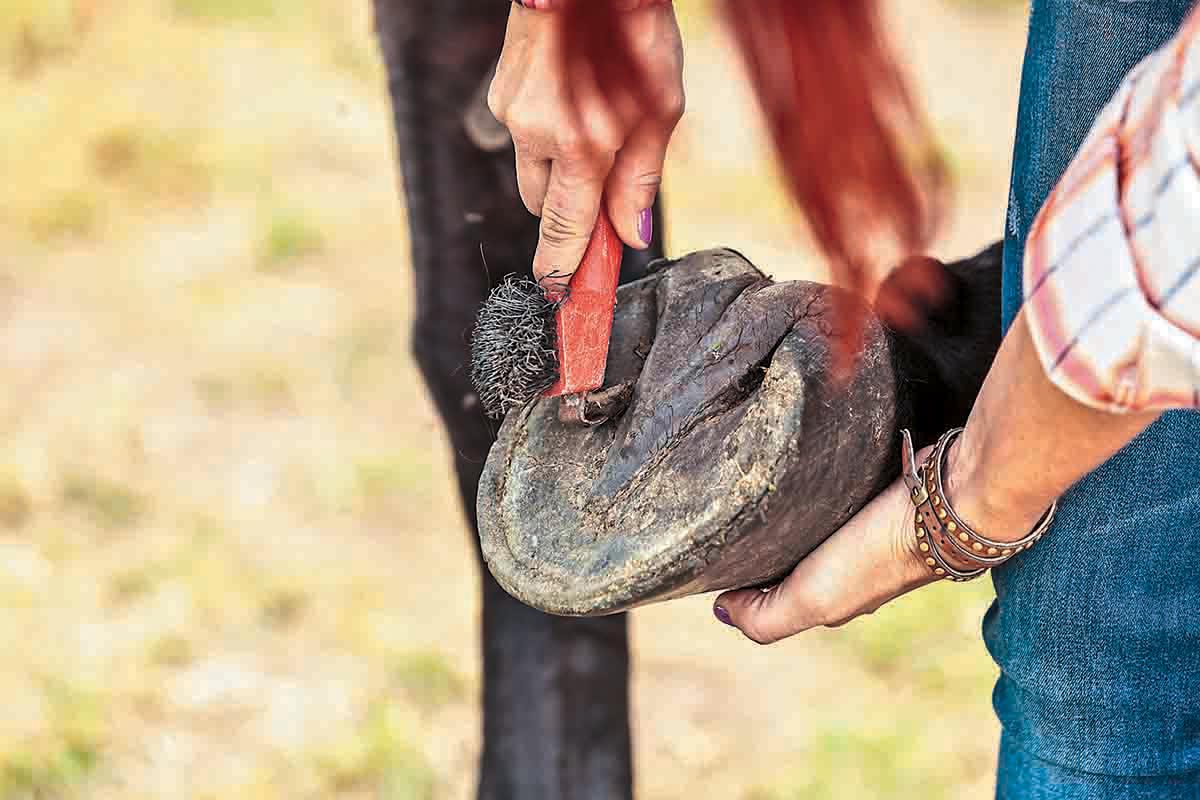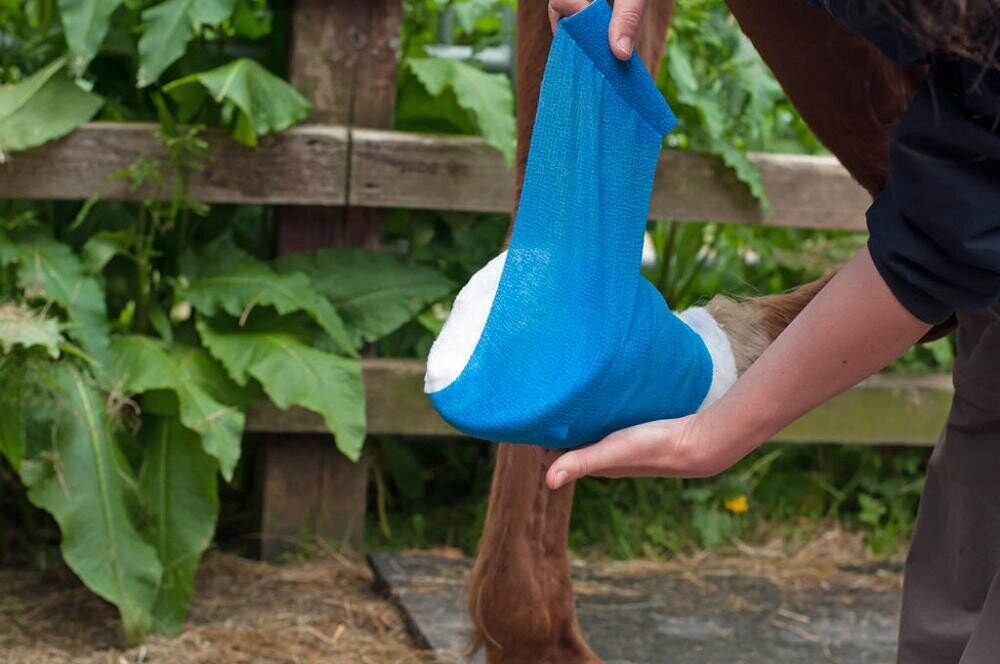
How to Make a Poultice for a Horse Hoof Abscess? Big Reveal
Share
In the world of horse care, dealing with a hooves abscess can be both daunting and worrisome for pet owners. The ability to know how to make a poultice for a horse hoof abscess is an essential skill for every health-conscious horse parent. Not only do you want to alleviate your horse's pain, but you also want to promote faster healing. Fortunately, this article is here to provide you with shocking, yet life-changing insights into the proper methods and materials you will need.
A hoof abscess typically occurs when bacteria invade the sensitive tissues inside the hoof, leading to an infection that causes pain and swelling. Understanding how to make a poultice for a horse hoof abscess can mean the difference between a slow recovery and speedy healing. In this guide, we will cover multiple approaches, tips for success, and other vital information essential for you as a pet owner.

What Is a Hoof Abscess?
A hoof abscess is a pocket of infection that occurs within the hoof of a horse. It can be triggered by various factors, including injury, poor hoof care, and environmental conditions. Recognizing the signs of a hoof abscess is critical for timely treatment. Common symptoms may include lameness, heat in the hoof, swelling, and the presence of a foul odor.
Identifying Symptoms of a Hoof Abscess
Many horse owners may initially mistake an abscess for a different issue. To avoid further complications, it's crucial to keep an eye on certain symptoms:
- Lameness or reluctance to put weight on the affected hoof
- Heat or swelling around the hoof
- Difficulty standing or walking
- Increased sensitivity when pressure is applied to the hoof
- Foul odor emitting from the hoof
Check out this comprehensive guide on finding a hoof abscess for more information.
Gathering Materials for Your Poultice
Creating an effective poultice requires just a few essential materials.
Essential Materials
To make a poultice for your horse, you will need the following:
- **Absorbent materials** (e.g., cotton, tea bags, or gauze)
- **Moistening agent** (e.g., warm water, saltwater, or Epsom salt solution)
- **Wraps** to keep the poultice in place (e.g., vet wrap or duct tape)
- **Antiseptic or ointment** (optional)
Step-by-Step Instructions for Making a Poultice
Step 1: Prepare the Abscess Site
Begin by cleanly trimming the hoof and removing any debris.
Step 2: Prepare Your Materials
Moisten your primary absorbent material with the chosen moistening agent.
Step 3: Apply the Poultice
Place the moistened material directly over the abscess.
Step 4: Wrap It Up
Securely wrap the poultice in place using vet wrap or duct tape, ensuring it is snug but not too tight.
Step 5: Allow It to Work
Keep the poultice on for the recommended duration, typically around 24 to 48 hours.
Monitor Your Horse's Condition
After applying the poultice, continue to monitor your horse's condition closely. Look for improvements in lameness, swelling, or overall comfort. If you notice a lack of improvement, consult your veterinarian.
Common Mistakes to Avoid
When treating a hoof abscess, certain pitfalls can hinder healing:
- **Neglecting cleanliness**: Always ensure that the hoof area is clean before applying any poultice.
- **Not securing the poultice properly**: An improperly secured poultice can fall off and lose effectiveness.
- **Ignoring signs of worsening infection**: If the horse's condition appears to worsen, do not hesitate to consult your veterinarian.
When to Seek Professional Help?
Although many hoof abscess cases can be treated at home, certain situations require professional intervention. Signs to watch for include:
- Persistent lameness or severe pain
- Fever or increased sweating
- Excessive swelling or discharge
In these cases, you can learn more about hoof abscess treatments from this expert source: Hoof Abscess Treatment.

FAQs
What is a poultice used for?
A poultice is used to reduce inflammation, promote healing, and draw out infection from a wound, such as a hoof abscess.
How long should you leave a poultice on a hoof?
Its generally recommended to keep a poultice on for 24 to 48 hours, depending on the severity of the abscess.
Can I use a poultice for other conditions?
Yes, poultices can also be beneficial for treating other types of abscesses or infected wounds in horses.
As an Amazon Associate, I earn from qualifying purchases.
